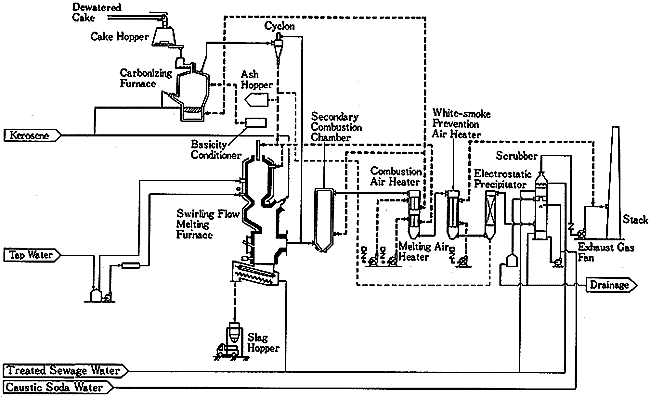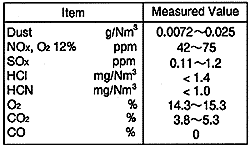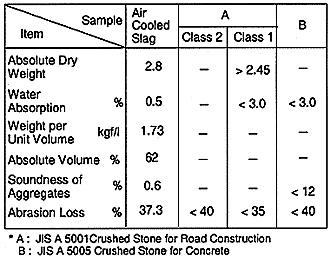Waste Treatment Technology in JAPAN
Drying, Incineration and Melting
Figure 1 Schematic flow of sewage sludge melting plant
1) Because fluctuations of the original cake properties are absorbed in the carbonizing
furnace, the properties of the feed for the melting furnace are stabilized, enabling
stable melting treatment.
2) The volume of carbonized sludge is reduced and the melting furnace can be made compact
(about 1/3 the size of the dried cake melting furnace).
3) Properties of the carbonized sludge become excellently suited to the swirling flow
melting furnace, resulting in extremely easy handling and maintenance.
4) Controlling the combustion air ratio to 1.0 or less in the carbonizing furnace can
suppress the generation of Cr+6 and NOx.
5) The carbonizing process can be independently operated as a conventional incineration
furnace, enabling selection between incineration and melting.
6) A little combustible residue in carbonized sludge can produce refined slag.
7) Running costs are comparatively low.
Table 1 Operation data
Table 2 Exhaust gas properties
Table 3 Slag properties
In the future, our research priorities will be focused on increasing the energy efficiency of the system and improving its economy.
[Outline]
Sewage sludge can be reduced to 1/10 in volume for dewatered cake by incineration and 1/3 ~1/5 in volume for incineration ash through slagging by melting. The heavy metals contained in sludge are fixed. The sludge slag obtained can effectively be utilized as road bed or construction material.
Kobe Steel, Ltd. has established a swirling flow melting technique for the treatment of sewage sludge based on the pulverized coal combustion technique perfected in the iron and steelmakng process.
[System description]
Sewage sludge is generally melted by either of two techniques: melting after drying and melting after carbonizing. Melting methods include swirling flow, surface, electric electromagnetic and so on.
Kobe Steel, Ltd. has adopted swirling flow melting after carbonizing, which provides stability, easy operation, and excellent overall economy. Figure 1 shows the schematic flow diagrams of the system.

The melting-after-carbonizing system has the following features.
[Operation Characteristics]
Kobe Steel established a sewage sludge metlting technique, and delivered the first commercial plant in Shiga Pref. Japan, in 1990. And the second plant is under construction in Shiga Pref. It is scheduled to be operating in the summer of 1996.
Table 1 shows operation data, Table 2 shows Exhaust gas properties, Table 3 shows Slag properties obtained from the first plant.


